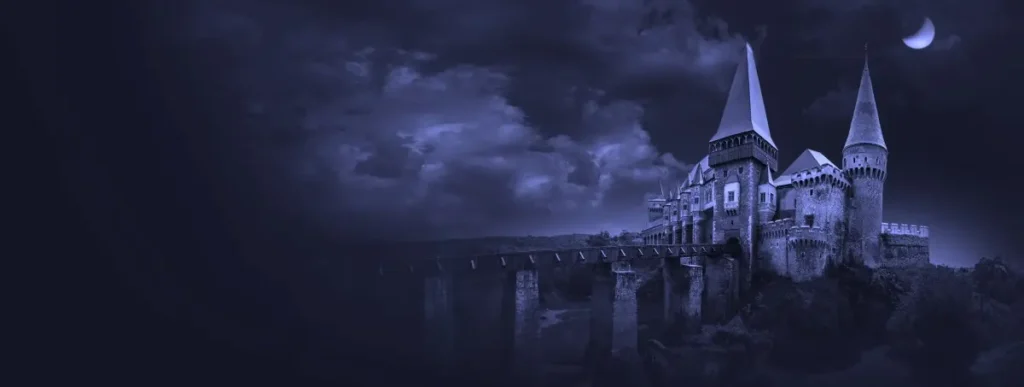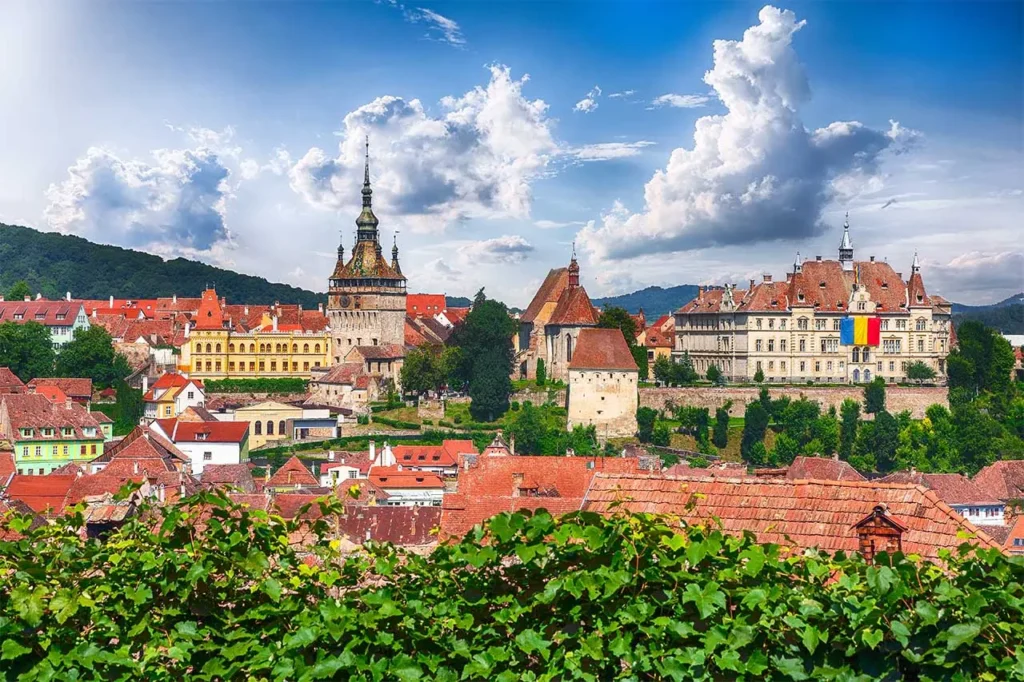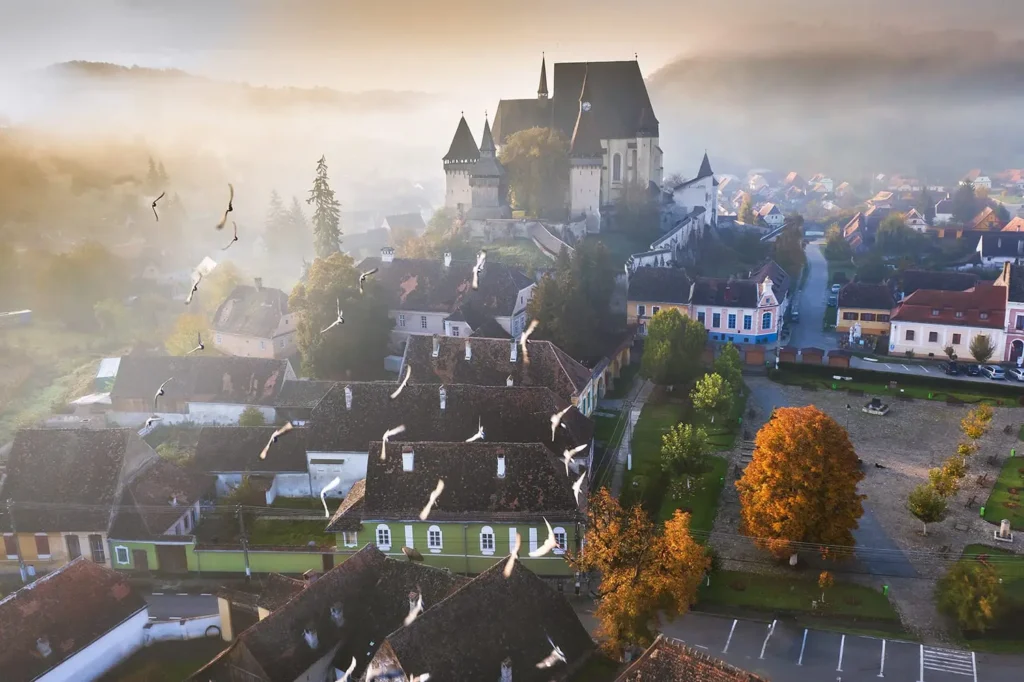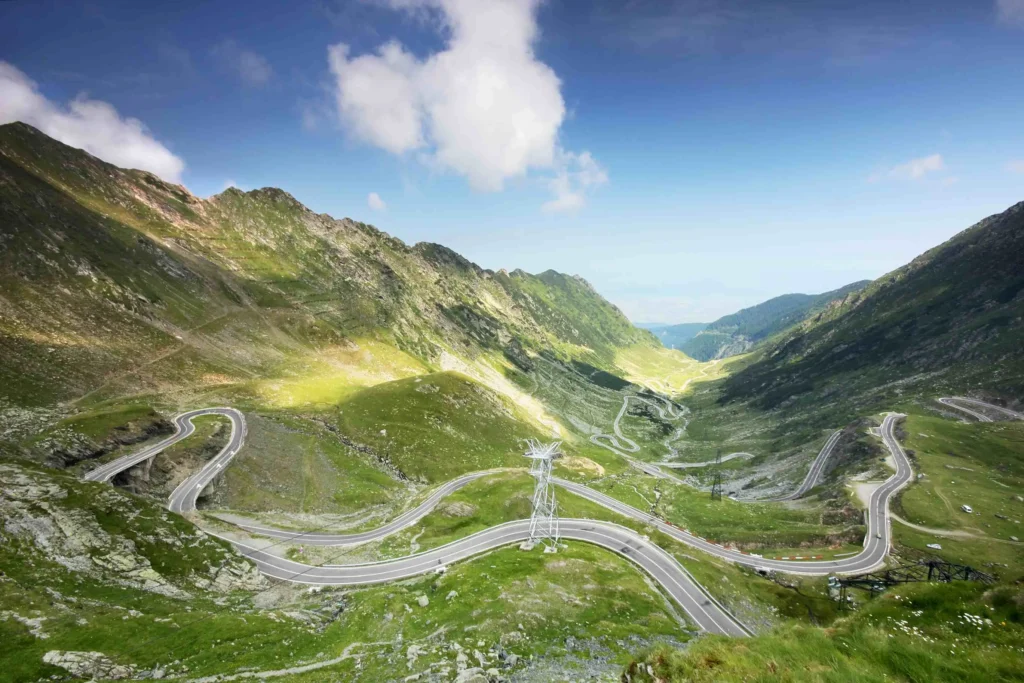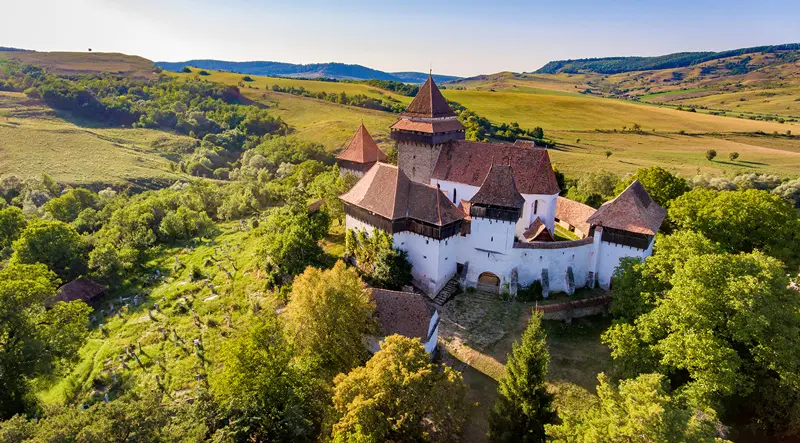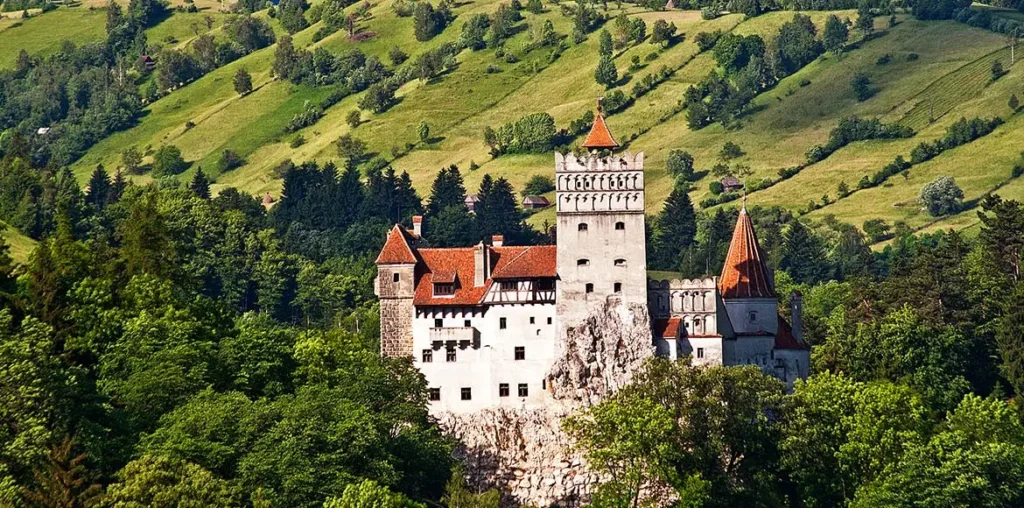Chapters
Somewhere in the middle of Romania, you will find a city unlike any other. German colonists were brought here in the 12th century in order to defend the empire’s Eastern borders. The city was first mentioned in a document much later, in 1280.
Currently, Sighisoara is the only inhabited medieval fortress in South-East Europe. It is also part of the UNESCO world heritage sites since 1999. Once the visitors step through the gates of the Sighisoara Citadel, they are carried back in time as they wander through the narrow winding cobbled lanes. They can listen to the calls of the town crier, who to this day announces the town’s events, accompanied by his drum.
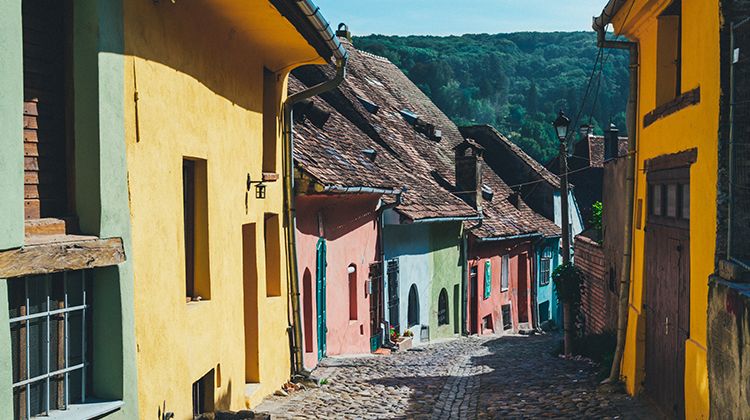
Sighisoara streets
Throughout time, the Sighisoara citadel has seen many tragic moments: the Mongol invasion, rebellions, fires, witch trials, and executions. Tradition called for each corporation of craftsmen to erect a defense tower. Out of the 14 towers built originally, nine survived to this day. The most famous of them, the Clock Tower, was used in the past as a holding cell for prisoners sentenced to death. In modern times it was transformed into a museum, hosting a collection of weapons and military equipment, as well as a torture chamber. Each summer, the Medieval Festival brings back to life the city’s fairytale past. Its streets are then filled with troubadours and acrobats, kings and queens, knights and princesses, witches and inquisitors.
Experiencing the Sighisoara Medieval Festival
“I heard several years ago from some friends of mine about the Sighisoara Medieval Festival. But for some reason, I was never tempted to go to see it for myself. This changed one day when a friend of mine from Romanian called and asked me to join him at the festival. I didn’t have anything better to do so I grabbed some things and took the first flight to Bucharest. Once there, I rented a car, and 5 and a half hours later I was in Sighisoara.
The festival was supposed to start next day, so I met up with my friend and we went to our hotel, which was a bit far from the city center, as all the best places were already fully booked. I must confess, I didn’t know much about Sighisoara nor had I the best feeling about this trip, but all of this changed the next morning when I saw the Sighisoara Citadel in all its beauty. At first, it seemed like I was visiting a movie set filled with costumed actors. But in fact, everything was very real and contagiously happy. The citadel was full of people dressed in medieval clothes, walking, shopping, acting as if they were truly living in the Middle Ages. As a huge Game of Thrones fan, seeing all that medieval turmoil was quite exciting. But there was no place for battles or plots. Only for fun, laughs, and good vibes.
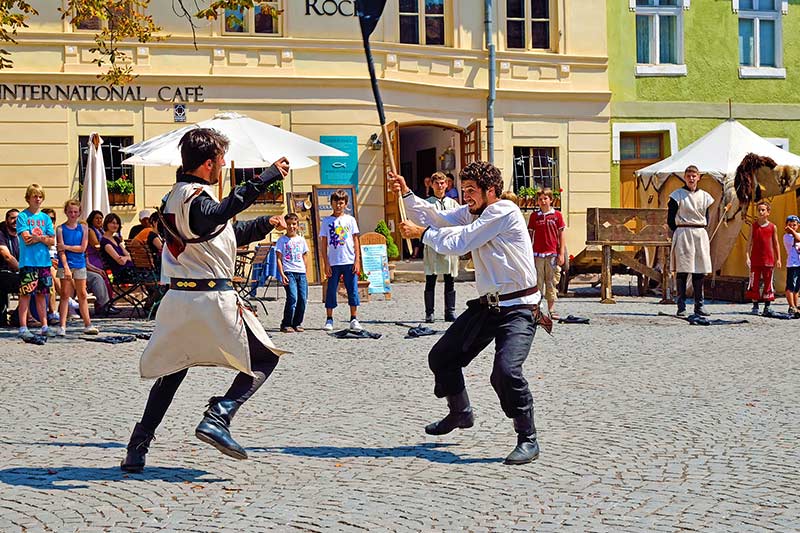
Festival in Sighisoara
Apart from all the interesting events organized during the Sighisoara Medieval Festival such as theatre plays and film projections, I loved the stalls where you could buy all sorts of handmade objects. A pleasant surprise was the fact that despite Sighisoara being the birthplace of Vlad the Impaler, commonly known as Dracula, the souvenirs were diverse, and not too vampirish-kitschy. In fact, there were many high-quality handmade souvenirs that reproduced medieval objects such as knives, shields, clothing, or jewelry. Perfect for someone interested in the Middle Ages, and not only. It was nice to see how such an event can bring so much joy to those who are present. Everything seemed natural. Everyone was having fun as if they were truly attending a medieval feast!
In short, I really enjoyed my trip there, and the festival was a really pleasant surprise. I will definitely return to Sighisoara in one of my future holidays. But until then, here are some tips from my experience:
Remember that the Festival is held on the last weekend of July, so book your room early so you will find accommodation in the citadel’s heart. Also, it would be great to go together with someone who speaks Romanian, as everything is going to be in Romanian. It will be a pity not to enjoy every moment because of the language barrier.”
– Christine Gordon UK – travel enthusiast, July 2013
Sighisoara citadel sights:
Vlad Tepes House: The house believed to represent the birthplace of Vlad the Impaler (surnamed Dracula) can be found in the Citadel Square. Today, it stands as a museum and restaurant. A gloomy iron sign in the shape of a dragon, the symbol of “Dracula”, marks the entrance of the house. A bust of Vlad Tepes can be found nearby.
Towers and other Fortifications: The Sighisoara Citadel remains largely intact, with nine out of the original 14 towers still standing. Each tower was erected by one of the guilds of the city and it is from these guilds that the towers get their names. For example, the Blacksmith’s Tower, the Butcher’s Tower, and the Tanner’s Tower can be visited. But among all the emblematic Clock Tower is the most impressive and the most picturesque.
Covered Staircase and the Church on the Hill: A set of covered wooden stairs, numbering 175 steps, leads to the Church on the Hill, or the Church of St. Nicholas, a Gothic church which showcases fragments of frescos.
Museums: For sure the most popular museum in Sighisoara citadel is the Weapon’s Museum, which occupies a part of the Vlad the Impaler’s house. Also, the city hosts a history museum (a part of the Clock Tower) and a torture museum is hidden under the Clock Tower.
Churches: Besides the Church on the Hill, other churches of note include the Church St. Mary of the Dominican Monastery, the Lepers’ Church with its exterior pulpit, and two Orthodox halls of worship.

